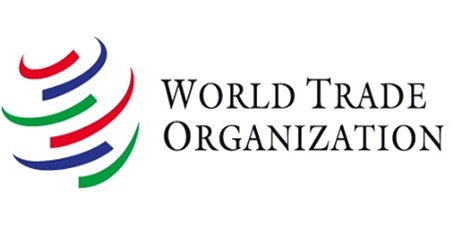At the World Trade Symposium of 7 June 2016 on “Trade and Globalization in the Twenty First Century: The Path to Greater Inclusion” the Director-General of the World Trade Organization (WTO) spoke about current progress and remaining issues in global trade.
In the current economic climate international trade can be a driver for growth, development and job creation. Growth in trade has been hit hard as developed countries recover from the crisis and developing economies reach maturity. Global trade grew by around 2.8% in 2015 and is expected to remain about the same in 2016. This means that global trade is growing at around the same rate as GDP.
Some action can be taken to help the growth of global trade, such as countering restrictive trade measures. The WTO regularly monitors such restrictive trade measures. At the end of last year only 25% of the restrictive measures recorded since October 2008 had been eliminated, and the situation has not changed much since then, so around 75% of the restrictive measures remain in place.
The best safeguard against protectionism is a strong multilateral trading system. A number of liberalization measures have been introduced in the past few years including:
- The Trade Facilitation Agreement which could reduce average global trade costs by more than 14%;
- The agreement by WTO members to abolish export subsidies in agriculture which is the biggest reform to trade in agricultural goods in the past twenty years;
- The agreement by a group of WTO member countries to abolish tariffs on a number of new general information technology products which is the first tariff-cutting deal in the WTO for the last nineteen years. Trade in the IT products that are the subject of the agreement is worth USD 1.3 trillion dollars per year; and
- Talks are continuing with a view to concluding an Environmental Goods Agreement and further progress on this will be made during the current year.
More can be done to strengthen the global trading system. Global trade is still restricted by high tariffs, many of which are imposed on goods that are important to developing and least developed countries. Another area that could be improved is non-tariff measures. It is estimated that in 2010 the trade costs for developing countries were the equivalent of a 219% import tariff, and the Director-General considered that a cut of just 1% in trade costs would represent a 3% to 4% increase in trade growth. Global trade and investment growth is also hindered by restrictions on trade in services.
The growth in regional trading agreements is a challenge. Although this can support multilateral trade agreements it can also throw up issues such as trading rules in areas not covered by the WTO. Work must be done to ensure coherent rules in these areas so businesses are not weighed down by a patchwork of different rules that require increasing compliance costs.
The Director-General referred to some negative perceptions of global trade. Imports are often blamed for reducing employment whereas the real reason is often new technology and increased productivity. Another problem is that while the benefits from trade are evident across the whole economy there are specific groups that can be hard hit by increased competition and this impact must be mitigated by governments. Also international trade is seen as favorable for large enterprises but much more difficult for small and medium enterprises (SMEs). This issue needs to be dealt with so trading across borders is not seen as more costly for SMEs. Other issues that could be tackled in future by the WTO include fisheries subsidies, competition policy, investment facilitation, e-commerce and non-tariff barriers.












